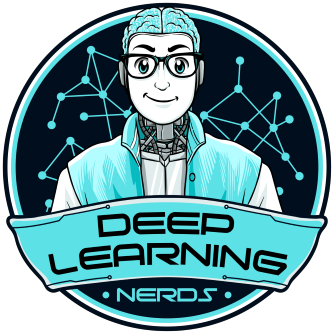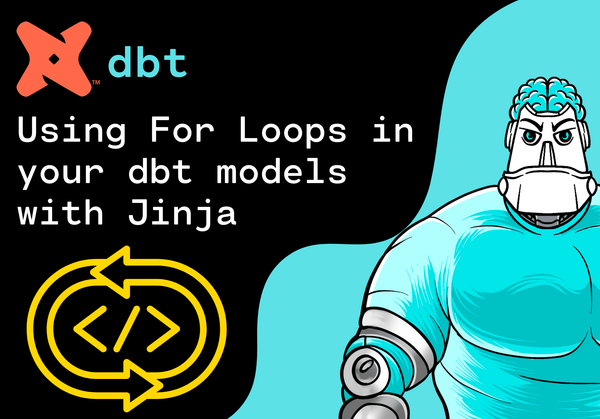
Key Benefits of dbt (data build tool): Why It’s a Game Changer for Modern Data Transformation
📘 Introduction If you’re working with modern data stacks and want to transform raw data into clean, analytics-ready tables, then you’ve likely heard of dbt (Data Build Tool). dbt has quickly become the go-to framework for data transformation, modeling, and testing, empowering data teams to treat analytics like software...









